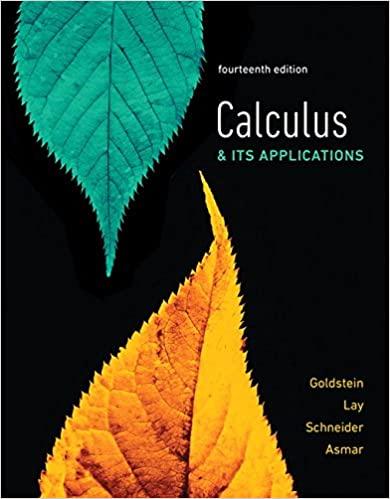Suppose that in a chemical reaction, each gram of substance A combines with 3 grams of substance
Question:
Suppose that in a chemical reaction, each gram of substance A combines with 3 grams of substance B to form 4 grams of substance C. The reaction begins with 10 grams of A, 15 grams of B, and 0 grams of C present. Let y = f (t) be the amount of C present at time t. The rate at which substance C is formed is proportional to the product of the unreacted amounts of A and B present. That is, f (t) satisfies the differential equation.![]()
where k is a constant.
(a) What do the quantities 10 - 1/4 f (t) and 15 - 3/4 f (t) represent?
(b) Should the constant k be positive or negative?
(c) Make a qualitative sketch of the solution of the preceding differential equation.
Step by Step Answer:

Calculus And Its Applications
ISBN: 9780134437774
14th Edition
Authors: Larry Goldstein, David Lay, David Schneider, Nakhle Asmar





